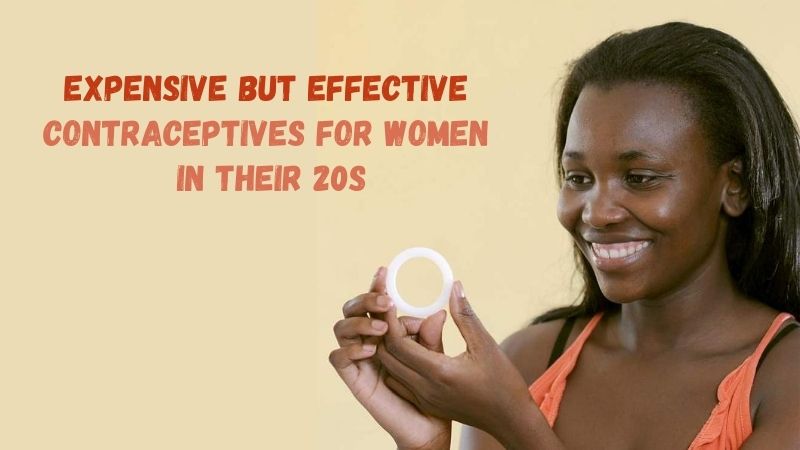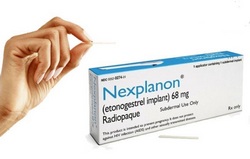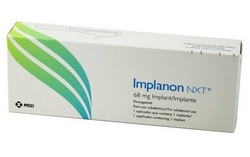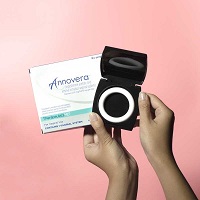
The modern rhythm of life dictates its own rules. It gives people many opportunities and limitations. He gives us, perhaps, the most important thing – the right to choose. Modern couples in each individual case decide which contraceptive to use in their 20s. They are often lost in the multifaceted abundance of the proposed methods of birth control. The modern pharmaceutical market offers types of contraceptives for every budget. In this article, we are going to tell you about the expensive but effective birth control options for women aged 20-29.
Birth control for women after 20 – expensive but reliable
Intrauterine device (IUD)
This is a method of contraception with the help of special means introduced directly into the uterine cavity, which interfere with the meeting of the sperm and the egg.
- Non-drug IUDs – their action is associated with a local aseptic inflammatory reaction, which ap-pears due to the presence of a foreign body in the uterus. Currently, they are practically not used since they are ineffective methods and cause a large number of complications;
- IUDs with medication – they have a plastic base of different configuration (“T” -shaped, in the form of an umbrella, a loop) with the addition of metal (copper, gold) or hormone (gestagenic).
Mechanisms of action:
- Prevents the implantation of the egg into the wall of the uterus (all intrauterine means);
- Prevents ovulation (progestin-only drugs);
- Reduces the ability of sperm to pass through the cervix (progestin-containing agents);
- Has a destructive effect on the egg and sperm (copper-containing agents).
If fertilization does occur, pregnancy is prevented by:
- Changes in local immunity and aseptic inflammation of the endometrium, as well as an increase in the number of macrophages;
- Contractile activity of the uterus and changes in the peristalsis of the fallopian tubes;
- Changes in enzymatic and metabolic processes in the endometrium.
An intrauterine device is administered on the 4-8th day of the period, provided there is no pregnancy. The contraceptive is always inserted and removed by a doctor.
Advantages of an IUD:
- High efficiency;
- Valid from the moment of introduction;
- Method reversibility;
- Long duration;
- Lack of daily monitoring.
Despite the many advantages of the contraceptive, it has some drawbacks: an IUD increases the risk of inflammatory diseases, does not protect against sexually transmitted infections, and has a number of side effects and contraindications.
Before the IUD insertion, the doctor performs a thorough gynecological examination and also prescribes a number of laboratory and instrumental research methods to exclude you from having contraindications for the introduction of an intrauterine contraceptive. Further, within 14 days after insertion of the contraceptive, you should limit physical activity, hot baths, taking uterotonics and laxatives, completely exclude sexual intercourse. A repeated medical examination is done 7-10 days after the introduction of the contraceptive, and then (if you have no complaints) after 3 months. In the future, you should see a gynecologist 2 times a year with a smear examination for flora from the urogenital tract.
Implant
A contraceptive implant is a thin, matchstick-sized, plastic rod that is placed under the skin inside the upper arm. The main component of an implant is a progestogen, which provides reversible contraception is provided for a long time. The effect lasts for several years. In addition, there is no need to take the drug every day, week or month, which is very convenient for those who are afraid of missing a dose.
The best birth control implants are Implanon and Nexplanon.
A contraceptive implant is an optimal solution for the following categories of women after 20s:
- those who are busy with studies or career growth, and therefore pregnancy is not yet included in their plans;
- those who have an increased risk of unplanned pregnancy;
- those who have contraindications for taking estrogen-containing drugs;
- those who recently had childbirth;
- those who have had a negative experience of taking oral contraceptives;
- those who are looking for an alternative to sterilization.
A contraceptive implant has many undeniable advantages, therefore it is suitable for use by most women of childbearing age. Therefore, this birth control option has been already used by more than 6 million women in all developed countries.
Advantages of an implant:
- a high degree of protection (more than 99.9%);
- fertility returns in a very short time after the implant withdrawal;
- inserted for a period of up to 3 years.
The contraceptive effect is provided by the active ingredient etonogestrel (ENG), which slows down ovulation and suppresses the eruption in the middle of the menstrual cycle of luteinizing hormone. In addition, the hormone increases the viscosity of mucus in the cervix, which prevents sperm from moving to the egg and fertilizing it.
In addition, etonogestrel suppresses the reproduction of endometrial cells, which makes it difficult to implant an egg into the uterine cavity after fertilization.
After childbirth, the contraceptive is introduced after 1.5-2 months. The implant can be introduced immediately after the abortion.
The patient does not feel the presence of the implant. You can only feel it with a slight palpation of the injection site.
The contraceptive implant does not protect against STIs or HIV. Only a condom can provide this protection.

Nexplanon Review
- Active Ingredient: Etonogestrel
- Release Form: Implant
- Age: 18 - 70 years
- Average Price: $950 - $1300

Etonogestrel Implant Review
- Active Ingredient: Etonogestrel
- Release Form: Implant
- Age: 18 - 45 years
- Average Price: $950 - $1300

Implanon Review
- Active Ingredient: Etonogestrel
- Release Form: Implant
- Age: 18 - 40 years
- Average Price: $950 - $1300
Vaginal ring
The contraceptive ring is a convenient modern birth control device for women. This method has practically no contraindications and is easy to use. It provides a high level of protection against unwanted pregnancy.
Thanks to the flexible and soft material, the contraceptive ring for women can be easily inserted into the vagina and placed at the cervix. The contraceptive takes on an anatomical shape and does not cause a feeling of discomfort.
The contraceptive effect of the vaginal ring is achieved due to the content of female sex hormones under the membrane – estrogen and progestogen. At the same time, the dosage of hormones is less than in micro-dosed oral contraceptives. This does not affect the effectiveness, on the contrary – hormones are released from the membrane under the influence of the heat of the human body and act directly on the uterus and ovaries, bypassing the aggressive environment of the stomach. As a result, the ring rarely causes side effects.
The woman can easily insert the vaginal contraceptive ring at home. The insertion principle is similar to inserting a tampon or a menstrual cup. Squeeze the ring with clean hands, insert it into the vagina as deep as possible and release it at the cervix. A correctly fitted ring is not felt. If you feel uncomfortable, try to remove and reinsert the contraceptive.
This contraceptive is inserted once a month, on day 1-5 of your period, and removed after 21 days. This is followed by withdrawal bleeding, which lasts for several days and looks like a normal menstrual period. After the end of the bleeding, on the 28th day, a new contraceptive is inserted.
Advantages of a contraceptive ring:
- Reliability and high efficiency of contraception;
- Easy to insert and remove at home;
- Minimal hormone exposure;
- No stress on the liver, stomach and kidneys;
- The ring is felt neither by a woman when wearing, nor by a man when having sex;
- Replaced once a month.
Despite the many advantages of the contraceptive, it also has negative aspects. The main one is the lack of protection against genital infections. Therefore, the vaginal ring is more suitable for women who have one regular sexual partner. The disadvantages of the ring include the possibility of side effects and addiction of the body to the drug.

Annovera Review
- Active Ingredient: Segesterone Acetate / Ethinyl Estradiol
- Release Form: Vaginal Ring
- Age: 18 - 40 years
- Average Price: $1981.20
Liletta Review